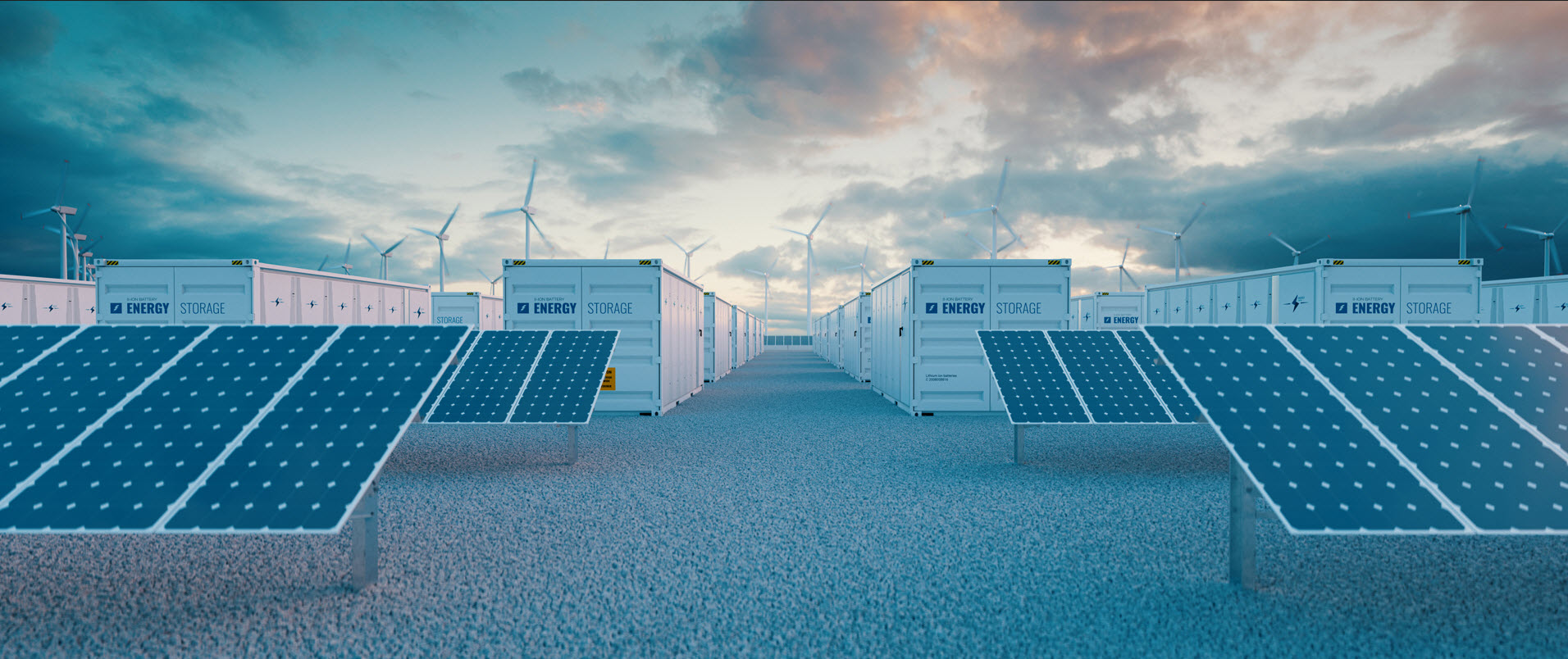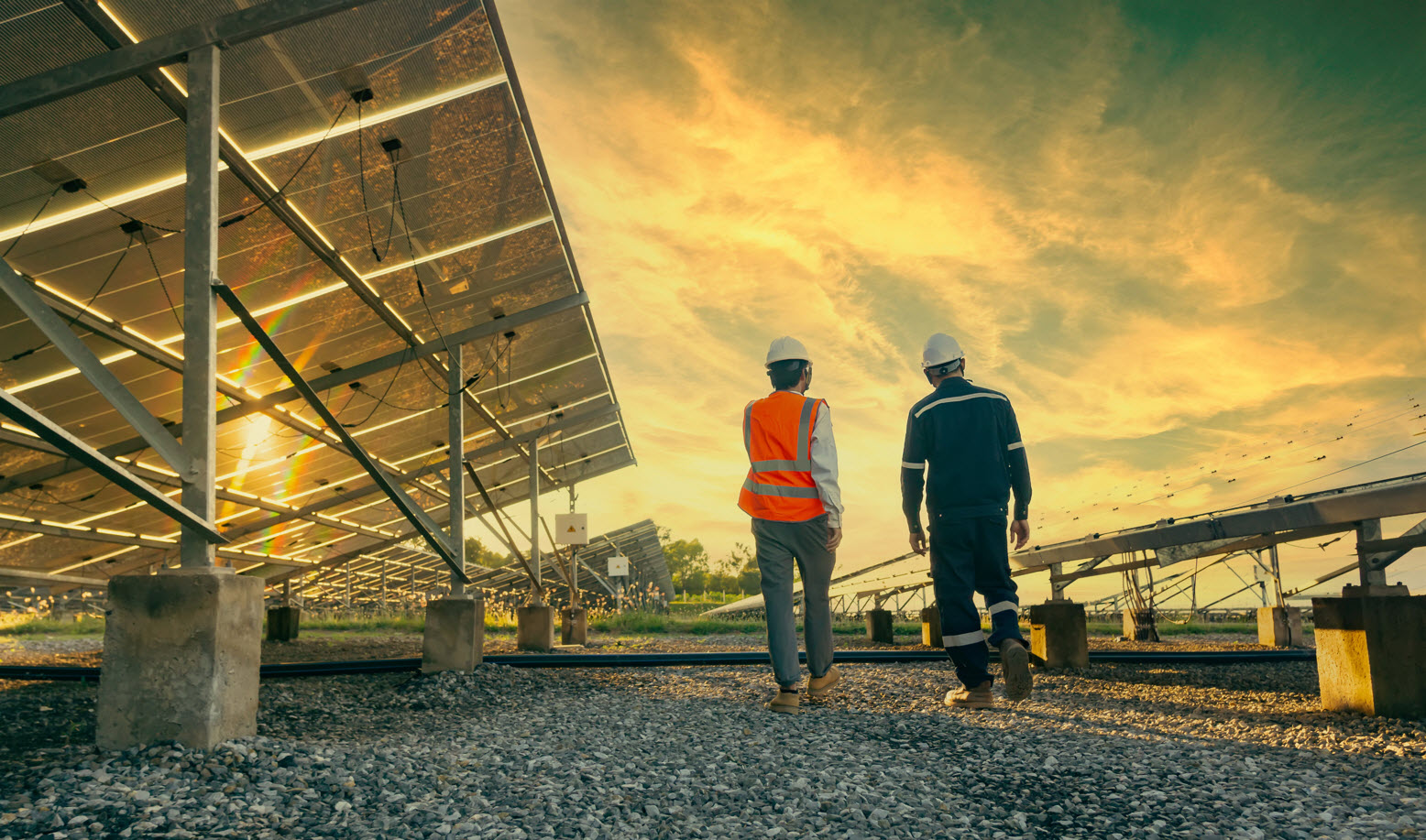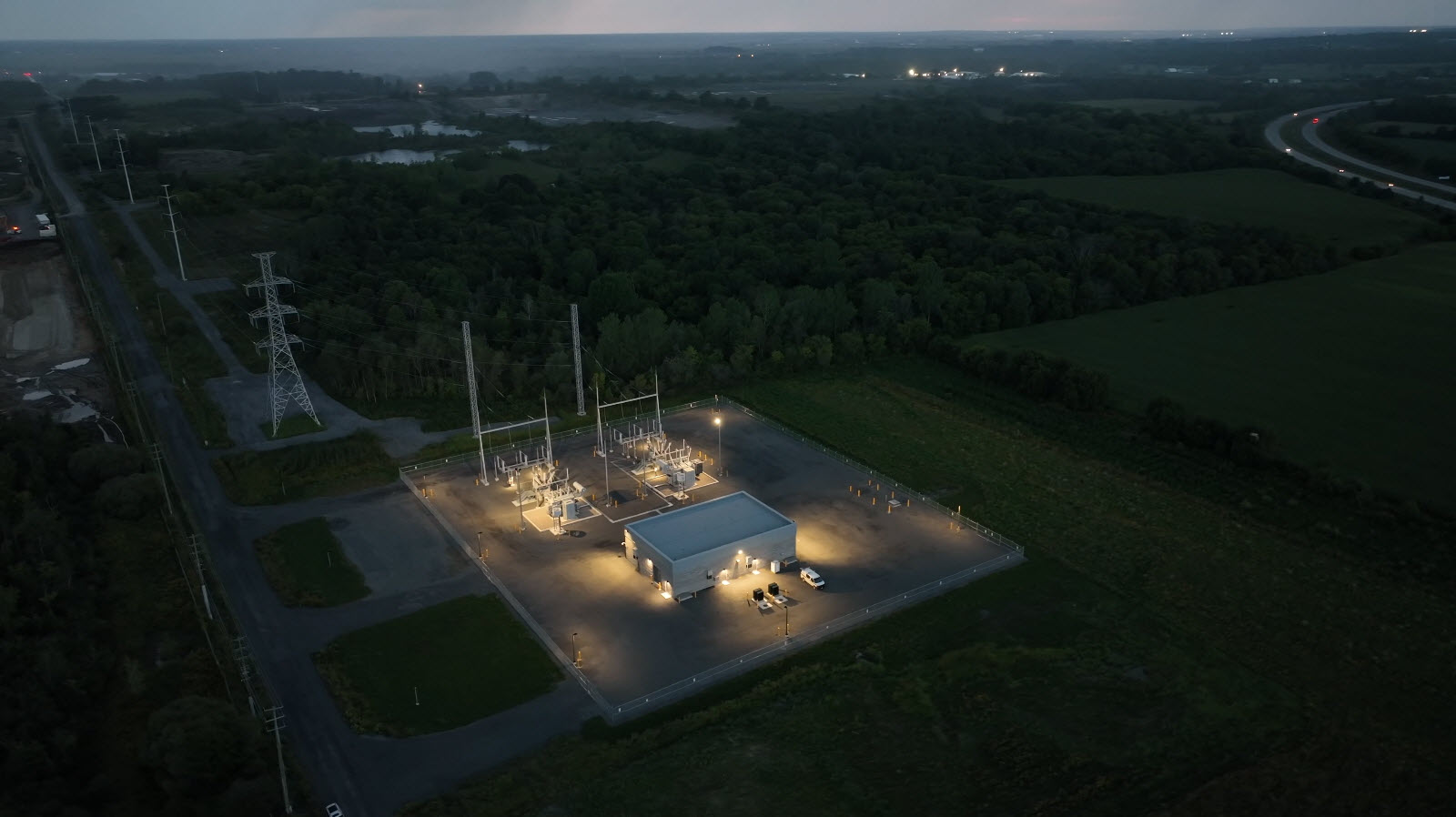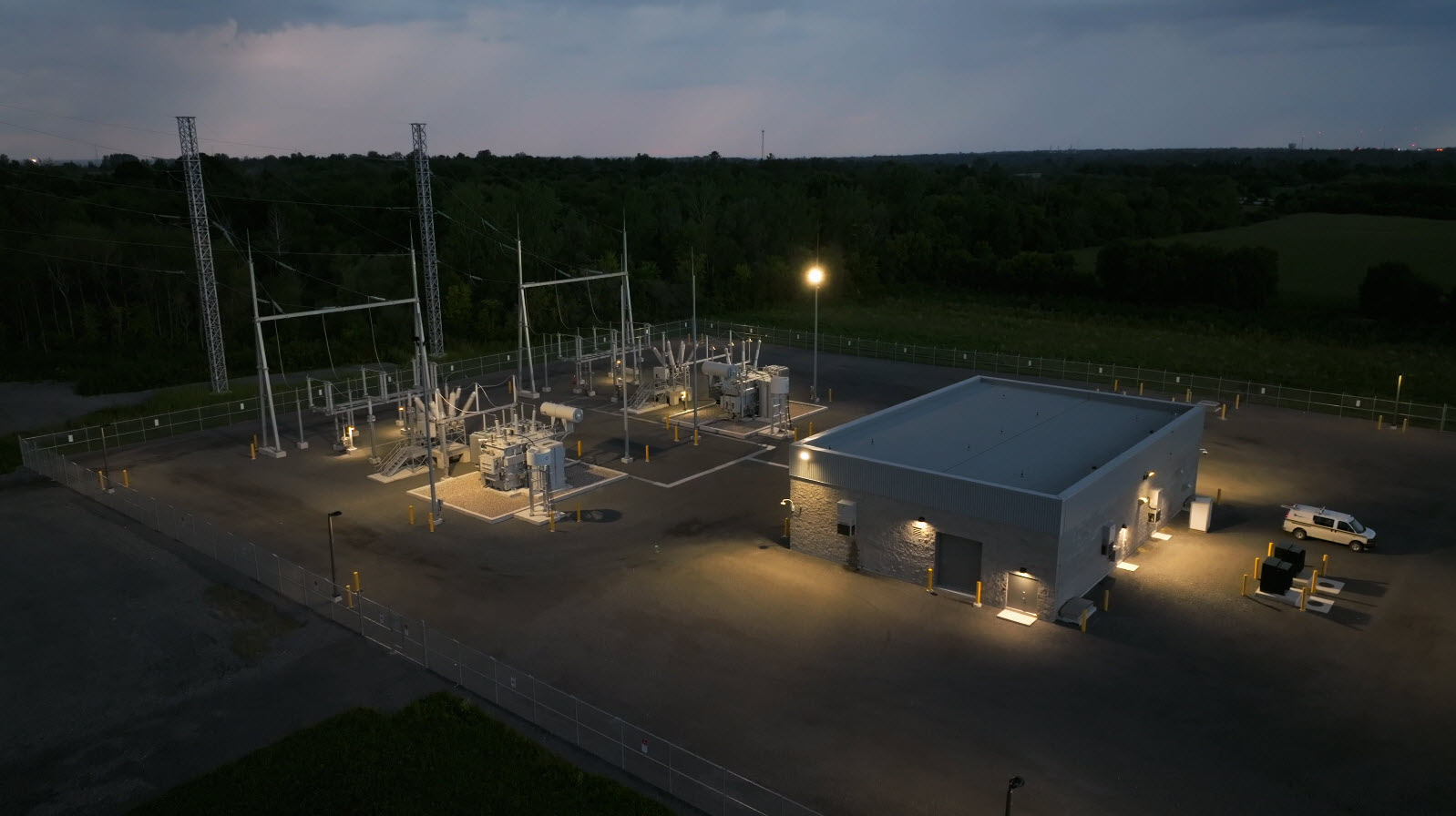There are a lot of reasons why the demand for electricity is increasing. Driven by climate change and the Government of Canada’s commitment to achieve net-zero emissions by 2050, the electrification of our economy includes decarbonizing the remaining 20 per cent of Canada’s greenhouse gas emitting electricity systems with renewable generation, moving away from fossil fuels for our vehicles and homes, and leveraging cleaner processes for Canada’s mining and steel industries.
But there are other factors at play as well. “I think when we look at all of the pressures on the system, from net-zero objectives to housing priorities to accelerating broadband development, and the support of electrification, the pressures on local utilities seem to be never ending,” says Teresa Sarkesian, President and CEO of the Electricity Distributors Association (EDA).
To effectively address these challenges, it's crucial for the grid to be prepared and adaptable, ensuring it can meet the evolving needs of Canadians. Sarkesian notes that the only way to respond to all these pressures is for electric utility companies to be grid ready.
“When I joined the EDA in 2009, the province was closing down coal-fired generation and connecting all kinds of renewable energy generation because of the Green Energy Act,” says Sarkesian. “At that time, the demand from customers for electricity was flat or declining. Fifteen years later, we’re now forecasting massive increases in demand for electricity, perhaps even doubling by 2050.”
Local distribution companies (LDCs) like Hydro Ottawa have traditionally relied on gathering information from municipalities, developers, and customers to estimate future electricity demand and sharing it with the Independent Electricity System Operator (IESO) for provincial planning. However, this model is changing due to factors like electrification and electric vehicles, which are leading to increased electricity demand from both existing and new customers. This shift requires LDCs to adjust their approach to forecasting and planning to accommodate the evolving energy landscape.
For example, in the past, Hydro Ottawa would build a new transformer station (on average) every 10 years, but in order to keep up with the demands of electrification at a local level, that will likely change and the timelines reduced.
What does this mean for the future?
The IESO predicts that electricity demand will increase, on average, by two per cent a year over the coming decades; from 144 terawatt-hours (TWh) in 2023 to 245 TWh by 2050. For scope, one terawatt-hour represents one trillion watt hours. Put another way, just one terawatt-hour is enough to fully power 70,000 homes for a full year.
“It took us about 100 years to get the grid to its current size, but we’ll need to almost double the current grid in just 25 years; meaning we’ll have to move four times as fast,” says Sarkesian. “And the grid is not going to be built with just simple poles and wires and one way energy flow like it has been for basically the last 100 years, it's going to be a lot more complex.”
Specifically, Sarkesian notes that this new modernized electricity grid will require two-way energy flows allowing customers to sell energy back to the grid. It will require optimizing all available energy resources, including customer-owned solar panels and battery storage, to reduce costs and avoid overbuilding the grid. “This collaboration between customers and their utilities is crucial for building a more efficient and cost-effective energy system of the future,” says Sarkesian.

This surge in demand presents both challenges and opportunities. On one hand, it requires significant investment in grid infrastructure to ensure the system can handle the increased load. It also necessitates a transition towards cleaner energy sources to reduce our carbon footprint and mitigate the effects of climate change.
On the other hand, this growing demand also creates exciting possibilities for innovation and growth in the energy sector. Renewable energy sources like wind and solar are becoming increasingly competitive, and energy storage technologies are advancing rapidly. This is a chance for Canada to become a leader in the global transition towards a sustainable energy future.
“Our vision for the future is big, but it's practical,” says Sarkesian. “The energy transition is upon us now. It's not something to contemplate for the future. The biggest risk is inaction or kicking the issue down the road. If we don't seize the opportunities to start working on these important issues now, we could lose economic development opportunities, we could lose jobs, we could lose investment, and we could lose our talent as well.”

Powering up affordably
Of course this kind of energy transition requires significant investment in infrastructure, technology, and programs - which raises concerns about balancing affordability for vulnerable populations with the necessary level of investment to modernize the grid and implement new energy initiatives.
Two years ago, the EDA conducted a customer survey that revealed differing perspectives on who should pay for aspects of the energy transition. Electricity customers that were polled believe they should pay for electric vehicle charging infrastructure since it benefits everyone, but a majority (58 per cent) felt taxpayers should fund grid upgrades for climate change and net-zero targets.
“I think that’s a very interesting data point that came out of our survey,” says Sarkesian. “Because we are very concerned about affordability going forward, we’re having those conversations with the federal government because we understand that it’s such a massive change that we're all going to be experiencing together.”
No matter what, local distribution companies like Hydro Ottawa are committed to providing safe, reliable electricity to customers, even with increasing demands on the grid. To adapt, we’re making grid improvements like real-time monitoring systems to improve efficiency and reliability, investments in digital infrastructure for safety and cybersecurity, and physical enhancements to protect infrastructure from extreme weather and climate change.
To listen to our full interview with the EDA’s Teresa Sarkesian, check out our episode of the ThinkEnergy podcast.

